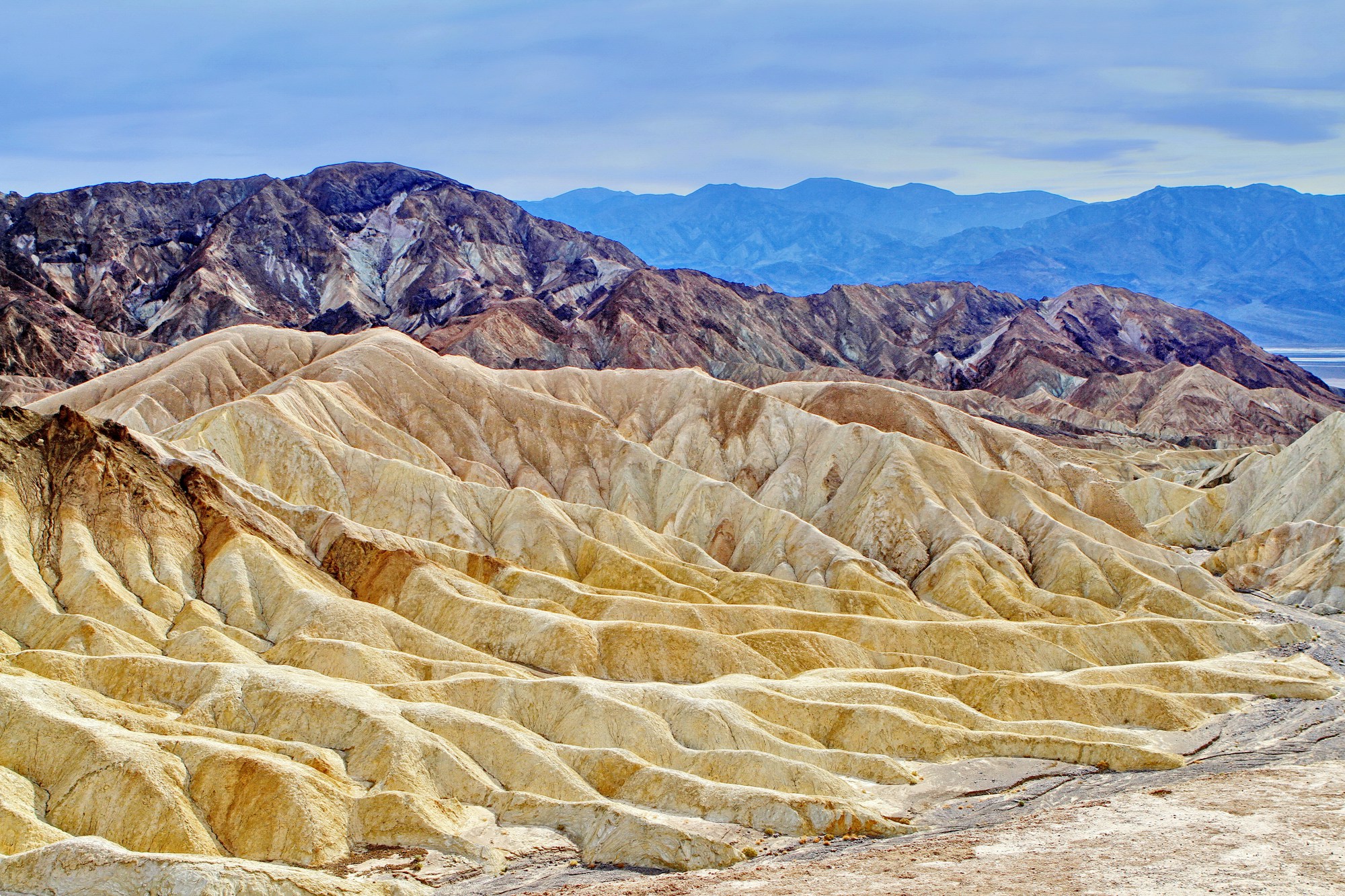Death Valley Culture & Traditions Guide

Exploring the Culture and Traditions of Death Valley
Located in the Mojave Desert of California, Death Valley is not just a place of stunning natural beauty but also a region rich in culture and traditions. The area is home to various indigenous tribes and has a long history of human occupation. Exploring the cultural aspects of Death Valley can provide visitors with a deeper understanding of the land and its significance to the people who have called it home for centuries.
Indigenous Tribes
The Timbisha Shoshone Tribe is the primary indigenous group associated with Death Valley. They have inhabited the region for thousands of years and have a deep connection to the land. Visitors can learn about the history and traditions of the Timbisha people by visiting the Timbisha Shoshone Village located near Furnace Creek.
Art and Crafts
Art and crafts play a significant role in the cultural heritage of Death Valley. Visitors can find handmade traditional crafts such as pottery, beaded jewelry, and baskets at local shops and galleries. These items often reflect the natural beauty of the desert landscape and showcase the artistic talents of the local communities.
Music and Dance
Traditional music and dance are important expressions of cultural identity in Death Valley. Visitors may have the opportunity to attend performances featuring indigenous music and dance, showcasing the vibrant traditions of the region. These events provide a unique glimpse into the cultural heritage of the area.
Celebrations and Festivals
Throughout the year, various celebrations and festivals take place in Death Valley that highlight the cultural diversity of the region. From traditional ceremonies to modern events, visitors can participate in festivities that showcase the rich heritage of the area. These celebrations often include music, dance, food, and art.
Culinary Traditions
Food is an integral part of culture, and in Death Valley, visitors can experience a unique culinary heritage. Traditional dishes made with local ingredients reflect the region's history and the influence of various cultures that have shaped the cuisine of the area. Sampling local delicacies is a delicious way to immerse oneself in the traditions of Death Valley.
Exploring Cultural Sites
Visiting cultural sites such as petroglyphs, historic villages, and museums can provide insight into the rich heritage of Death Valley. By exploring these locations, visitors can learn about the ancient traditions and modern-day practices of the people who have lived in the region. Guided tours are available to enhance the experience and provide in-depth knowledge about the cultural significance of each site.
Respecting Traditions
As a visitor to Death Valley, it's essential to respect the local customs and traditions of the indigenous communities. Practicing cultural sensitivity and being mindful of traditional practices helps preserve the heritage of the region and fosters a positive relationship between visitors and residents. By engaging with the culture of Death Valley in a respectful manner, visitors can contribute to the preservation of its traditions for future generations to enjoy.
Explore the cultural richness of Death Valley and discover the traditions that have shaped this unique region. From art and music to culinary delights and historical sites, the cultural heritage of Death Valley offers a fascinating glimpse into the past and present of this extraordinary landscape.
